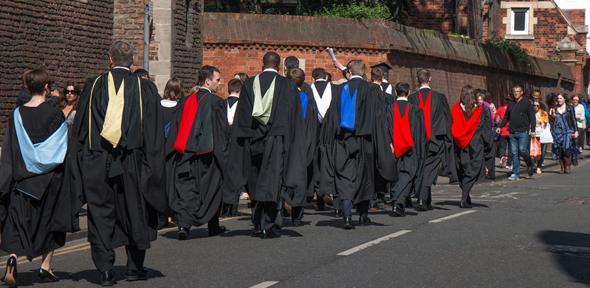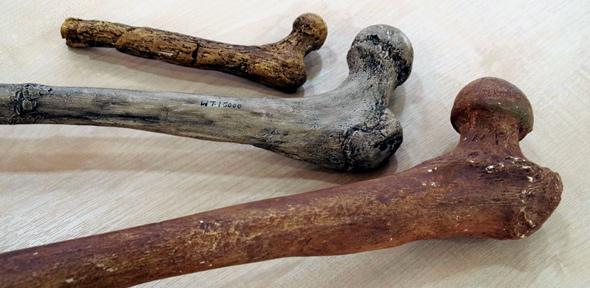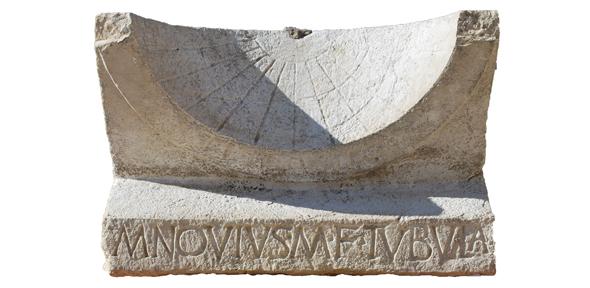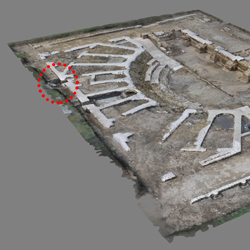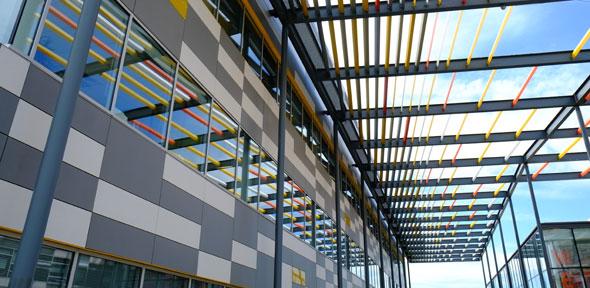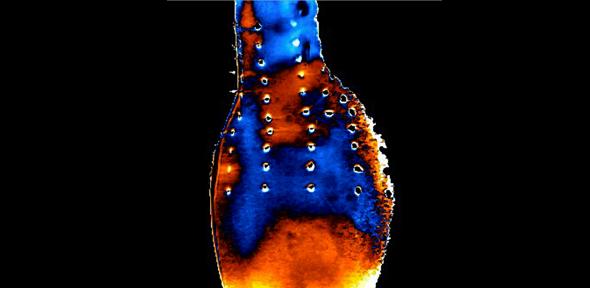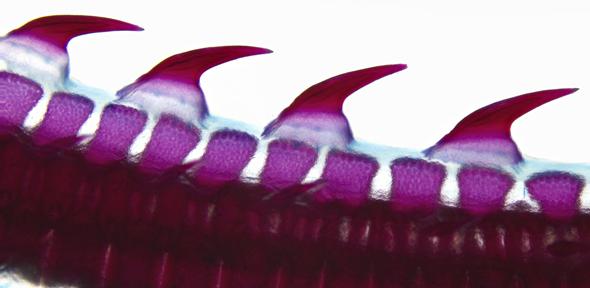
We are sometimes confronted with reminders of unwanted thoughts — thoughts about unpleasant memories, images or worries. When this happens, the thought may be retrieved, making us think about it again even though we prefer not to. While being reminded in this way may not be a problem when our thoughts are positive, if the topic was unpleasant or traumatic, our thoughts may be very negative, worrying or ruminating about what happened, taking us back to the event.
“Our ability to control our thoughts is fundamental to our wellbeing,” explains Professor Michael Anderson from the Medical Research Council Cognition and Brain Sciences Unit, which recently transferred to the University of Cambridge. “When this capacity breaks down, it causes some of the most debilitating symptoms of psychiatric diseases: intrusive memories, images, hallucinations, ruminations, and pathological and persistent worries. These are all key symptoms of mental illnesses such as PTSD, schizophrenia, depression, and anxiety.”
Professor Anderson likens our ability to intervene and stop ourselves retrieving particular memories and thoughts to stopping a physical action. “We wouldn’t be able to survive without controlling our actions,” he says. “We have lots of quick reflexes that are often useful, but we sometimes need to control these actions and stop them from happening. There must be a similar mechanism for helping us stop unwanted thoughts from occurring.”
A region at the front of the brain known as the prefrontal cortex is known to play a key role in controlling our actions and has more recently been shown to play a similarly important role in stopping our thoughts. The prefrontal cortex acts as a master regulator, controlling other brain regions – the motor cortex for actions and the hippocampus for memories.
In research published today in the journal Nature Communications, a team of scientists led by Dr Taylor Schmitz and Professor Anderson used a task known as the ‘Think/No-Think’ procedure to identify a significant new brain process that enables the prefrontal cortex to successfully inhibit our thoughts.
In the task, participants learn to associate a series of words with a paired, but otherwise unconnected, word, for example ordeal/roach and moss/north. In the next stage, participants are asked to recall the associated word if the cue is green or to suppress it if the cue is red; in other words, when shown ‘ordeal’ in red, they are asked to stare at the word but to stop themselves thinking about the associated thought ‘roach’.
Using a combination of functional magnetic resonance imaging (fMRI) and magnetic resonance spectroscopy, the researchers were able to observe what was happening within key regions of the brain as the participants tried to inhibit their thoughts. Spectroscopy enabled the researchers to measure brain chemistry, and not just brain activity, as is usually done in imaging studies.
Professor Anderson, Dr Schmitz and colleagues showed that the ability to inhibit unwanted thoughts relies on a neurotransmitter – a chemical within the brain that allows messages to pass between nerve cells – known as GABA. GABA is the main ‘inhibitory’ neurotransmitter in the brain, and its release by one nerve cell can suppress activity in other cells to which it is connected. Anderson and colleagues discovered that GABA concentrations within the hippocampus – a key area of the brain involved in memory – predict people’s ability to block the retrieval process and prevent thoughts and memories from returning.
“What’s exciting about this is that now we’re getting very specific,” he explains. “Before, we could only say ‘this part of the brain acts on that part’, but now we can say which neurotransmitters are likely important – and as a result, infer the role of inhibitory neurons – in enabling us to stop unwanted thoughts.”
“Where previous research has focused on the prefrontal cortex – the command centre – we’ve shown that this is an incomplete picture. Inhibiting unwanted thoughts is as much about the cells within the hippocampus – the ‘boots on the ground’ that receive commands from the prefrontal cortex. If an army’s foot-soldiers are poorly equipped, then its commanders’ orders cannot be implemented well.”
The researchers found that even within his sample of healthy young adults, people with less hippocampal GABA (less effective ‘foot-soldiers’) were less able to suppress hippocampal activity by the prefrontal cortex—and as a result much worse at inhibiting unwanted thoughts.
The discovery may answer one of the long-standing questions about schizophrenia. Research has shown that people affected by schizophrenia have ‘hyperactive’ hippocampi, which correlates with intrusive symptoms such as hallucinations. Post-mortem studies have revealed that the inhibitory neurons (which use GABA) in the hippocampi of these individuals are compromised, possibly making it harder for the prefrontal cortex to regulate activity in this structure. This suggests that the hippocampus is failing to inhibit errant thoughts and memories, which may be manifest as hallucinations.
According to Dr Schmitz: “The environmental and genetic influences that give rise to hyperactivity in the hippocampus might underlie a range of disorders with intrusive thoughts as a common symptom.”
In fact, studies have shown that elevated activity in the hippocampus is seen in a broad range of conditions such as PTSD, anxiety and chronic depression, all of which include a pathological inability to control thoughts – such as excessive worrying or rumination.
While the study does not examine any immediate treatments, Professor Anderson believes it could offer a new approach to tackling intrusive thoughts in these disorders. “Most of the focus has been on improving functioning of the prefrontal cortex,” he says, “but our study suggests that if you could improve GABA activity within the hippocampus, this may help people to stop unwanted and intrusive thoughts.”
The research was funded by the Medical Research Council.
Reference
Schmitz, TW et al. Hippocampal GABA enables inhibitory control over unwanted thoughts. Nature Communications; 3 Nov 2017; DOI: 10.1038/s41467-017-00956-z
Scientists have identified a key chemical within the ‘memory’ region of the brain that allows us to suppress unwanted thoughts, helping explain why people who suffer from disorders such as anxiety, post-traumatic stress disorder (PTSD), depression, and schizophrenia often experience persistent intrusive thoughts when these circuits go awry.

The text in this work is licensed under a Creative Commons Attribution 4.0 International License. For image use please see separate credits above.





